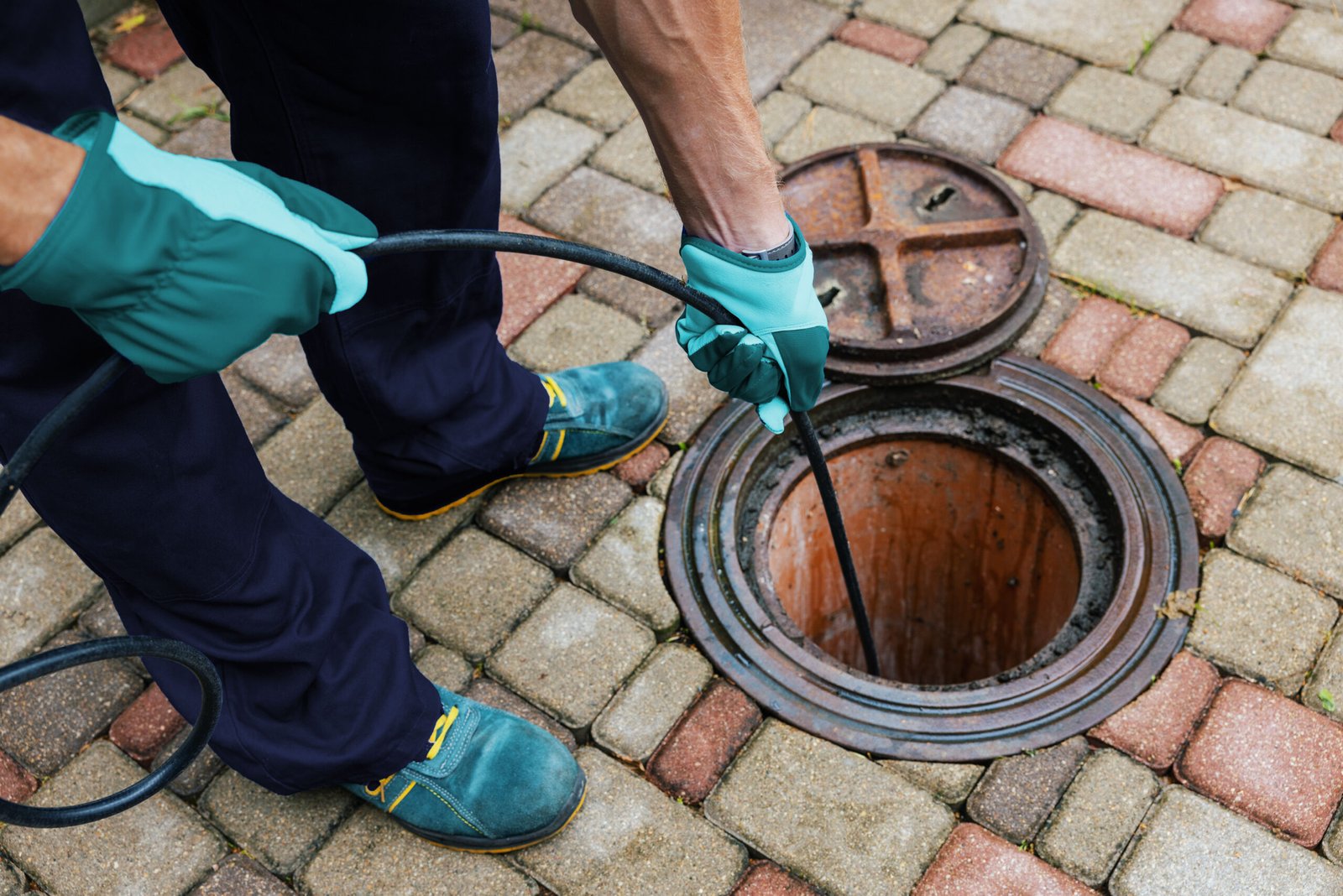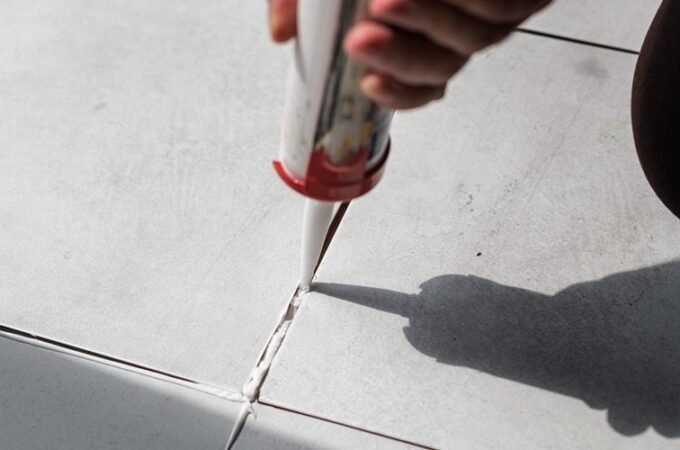
Detecting Sewer Line Problems Early: A Homeowner’s Guide
Table of Contents
ToggleKey Takeaways
- Recognize early signs of sewer line issues to prevent extensive damage and costly emergency repairs.
- Understand the common causes of sewer line problems to address root issues, not just the symptoms.
- Learn about modern diagnostic tools—like high-definition sewer cameras and acoustic sensors—for accurate, noninvasive detection.
- Implement preventive measures and smart habits to maintain a healthy, trouble-free sewer system for the long term.
Maintaining the health of your home’s sewer system is one of the most crucial yet often overlooked responsibilities of homeownership. A well-functioning sewer line is essential for efficiently carrying wastewater away from your property, ensuring your family’s comfort and overall hygiene. Unfortunately, when sewer line issues go unnoticed or ignored, they can quickly spiral into major emergencies, leading to extensive property damage, unsanitary conditions, and expensive repair jobs. Undetected leaks or blockages can harm your house’s structure and your wallet, making it vital to stay vigilant. By learning how to spot sewer line leak warning signs early, homeowners can minimize disruption and avoid far-reaching impacts that can diminish a property’s value or harm its occupants’ well-being.
This comprehensive guide will help you confidently identify the most common symptoms of sewer line trouble, understand the factors that typically cause those symptoms, and explore cutting-edge detection technologies that allow for precise diagnoses and timely intervention. We’ll also look at practical, preventive strategies you can implement to maintain the health and integrity of your system. Developing greater sewer line awareness protects your financial investment and upholds a safe, sanitary, and comfortable living environment for your entire household. Being proactive can save you countless hours of stress, frustration, and unexpected expenses.
Common Warning Signs of Sewer Line Issues
Spotting sewer line issues before they escalate is key to saving time, money, and frustration. Fortunately, your home often gives you warning signs that trouble is brewing underground. Attention to these early indicators can help you address problems before they cause significant property damage or hazardous conditions. Here are several red flags to look for:
- Slow Drains: If you notice that water lingers in your sinks, tubs, or showers longer than usual—and especially if more than one drain is slow at the same time—there’s a good chance that a blockage exists deep within the main sewer line rather than in an isolated fixture. Persistent slow draining can signal buildup or structural damage within your pipes that needs immediate attention.
- Unpleasant Odors: The unmistakable stench of raw sewage, whether emanating from kitchen sinks, bathroom drains, or patches in your yard, typically means waste is seeping out somewhere along the line. Such odors may indicate a current or worsening breach in your sewer pipe, creating unsanitary conditions that jeopardize health and comfort.
- Gurgling Noises: If flushing a toilet or running water down a drain produces bubbling, gurgling, or sputtering sounds, trapped air from a blockage or partial collapse is likely the cause. The noise results from water struggling to bypass obstructions and can be an auditory sign that urgent repairs are required.
- Lush or Soggy Patches in Yard: Watch for unusually green, spongy, or perpetually wet areas of your lawn, especially if rainfall doesn’t account for the excess moisture. Sewer line leaks often fertilize the ground above, resulting in unexpected growth or boggy soil, sometimes long before an indoor symptom appears.
- Sewage Backups: The most dramatic indication of sewer trouble is water or waste backing up into tubs, toilets, or floor drains. A backup signals a significant blockage or failure in the line and constitutes an emergency, requiring immediate professional intervention to prevent hazardous contamination and further property loss.
Interpreting these sewer line leak warning signs gives you a vital head start in handling problems before they develop into crises.
Common Causes of Sewer Line Problems
Uncovering what’s behind sewer line issues empowers homeowners to target solutions and defend against repeat incidents. The underlying causes often involve natural processes, aging infrastructure, or improper usage. Here’s what to watch out for:
- Tree Root Intrusion: Trees and large shrubs instinctively grow toward water and nutrients—making sewer lines a prime target. Their roots can intrude into pipes through even the tiniest cracks, gradually forcing their way in, leading to blockages, pipe ruptures, or collapsed lines that require extensive professional remediation.
- Aging Pipes: Many homes still rely on older piping materials like clay, cast iron, or Orangeburg (a bituminized fiber pipe). These materials deteriorate significantly over decades, becoming brittle and corroded and more susceptible to root intrusion or shifting soil. Deteriorated pipes collapse more easily, and identifying aging infrastructure early is crucial for targeted upgrades.
- Blockages: Everyday household actions can create dangerous blockages over time. Flushing improper items such as wipes, feminine hygiene products, or even paper towels—plus permitting grease, oils, and coffee grounds to enter drains—creates stubborn clogs that can quickly obstruct flow and strain your pipes to breaking point.
- Ground Shifting: The soil around your home’s foundation is unstable. Freeze-thaw cycles, rain erosion, construction activity, or minor seismic shifts can push, pull, or crack buried sewer lines, causing misalignment or even separation of pipe joints. Such ground movement is a hidden culprit behind many unexplained sewer failures.
- Severe Weather: Heavy rainfall, flooding, or rapid snowmelt can all inundate your sewer system, overwhelming its capacity and causing backflows, soil displacement, or outright pipe failure. Prompt response after severe weather minimizes the risk of lasting structural damage.
Understanding these common causes will help you have informed conversations with professional plumbers, insurance representatives, or city utility managers. This knowledge also enables you to proactively make updates or request the proper repairs, especially with the support of a trusted sewer specialist.
Modern Diagnostic Tools for Sewer Inspections
Technology has revolutionized how homeowners and professionals diagnose sewer line issues, allowing for fast, precise, and often noninvasive detection. These advancements can save you from unnecessary excavation and enable pinpoint repairs. Here are some of the most effective modern methods:
- Video Camera Inspection: One of the most transformative innovations, specialized miniature cameras on flexible cables are threaded through your pipes, delivering high-definition, real-time video directly to a monitor. This method allows plumbers to identify cracks, intruding roots, debris, and other blockages at their exact locations—often saving considerable time and money in the diagnostic phase.
- Smoke Testing: Non-toxic, harmless smoke is gently pumped into your plumbing lines and vents during this test. If smoke emerges from unexpected places in your home or yard, it instantly pinpoints the site of leaks, improper connections, or openings in the system. This method is especially effective for finding hidden breaches above and below ground.
- Acoustic Sensors: These innovative devices detect subtle alterations in sound waves as they move through pipes. When a leak or obstruction disturbs normal flow, the sensor records those anomalies, helping professionals locate issues precisely—often without digging or wall removal.
Municipalities and large residential providers also turn to cutting-edge inspection solutions, including AI-assisted sewer cameras and drones, to survey sprawling sewer networks with unmatched accuracy and efficiency. These methods help identify minor flaws before they become an extensive, expensive problem.
Preventive Measures to Maintain Sewer Health
Protecting your sewer system doesn’t require significant investments or technical expertise—just awareness, basic maintenance, and wise choices. By weaving the following practices into your routine, you’ll dramatically reduce your risk of encountering catastrophic sewer issues:
- Regular Inspections: Enlist licensed professionals to regularly assess your sewer system, especially if your property is aging, surrounded by mature trees, or has recently undergone construction. Early detection of minor concerns helps you address them before they escalate into emergencies.
- Mindful Disposal: Resist putting anything down your drains that doesn’t belong—only human waste and toilet paper should be flushed. Never dump grease, oils, or fibrous scraps into the sink, and dispose of wipes and hygiene products in the trash, not the toilet.
- Clever Tree Placement: When landscaping, plan tree and shrub locations far from your sewer laterals. For additional protection, consider installing root barriers or choosing plant species with less aggressive root systems to prevent future intrusion.
- Upgrade Materials: If inspections reveal your pipes are made of outdated materials like clay, cast iron, or Orangeburg, think about a phased upgrade to stronger, longer-lasting options like PVC or HDPE. Modern piping reduces the risk of leaks, root invasion, and weakness from ground movement.
Small, consistent actions and staying connected with experienced sewer professionals offer peace of mind and a better chance of avoiding the stress and expense of sudden sewer failures. Homeowners gain the upper hand in sewer maintenance by staying informed about early warning signs, understanding root causes, and leveraging modern diagnostic tools. Following the preventive practices recommended here sets you up for a healthy, hazard-free home environment—now and in the future.
Mark Ligon is the Marketing Manager at a leading e-commerce store in plumbing supply. Mark focus is on DIY projects and providing creative and practical advice to individuals looking to complete DIY projects of their own






